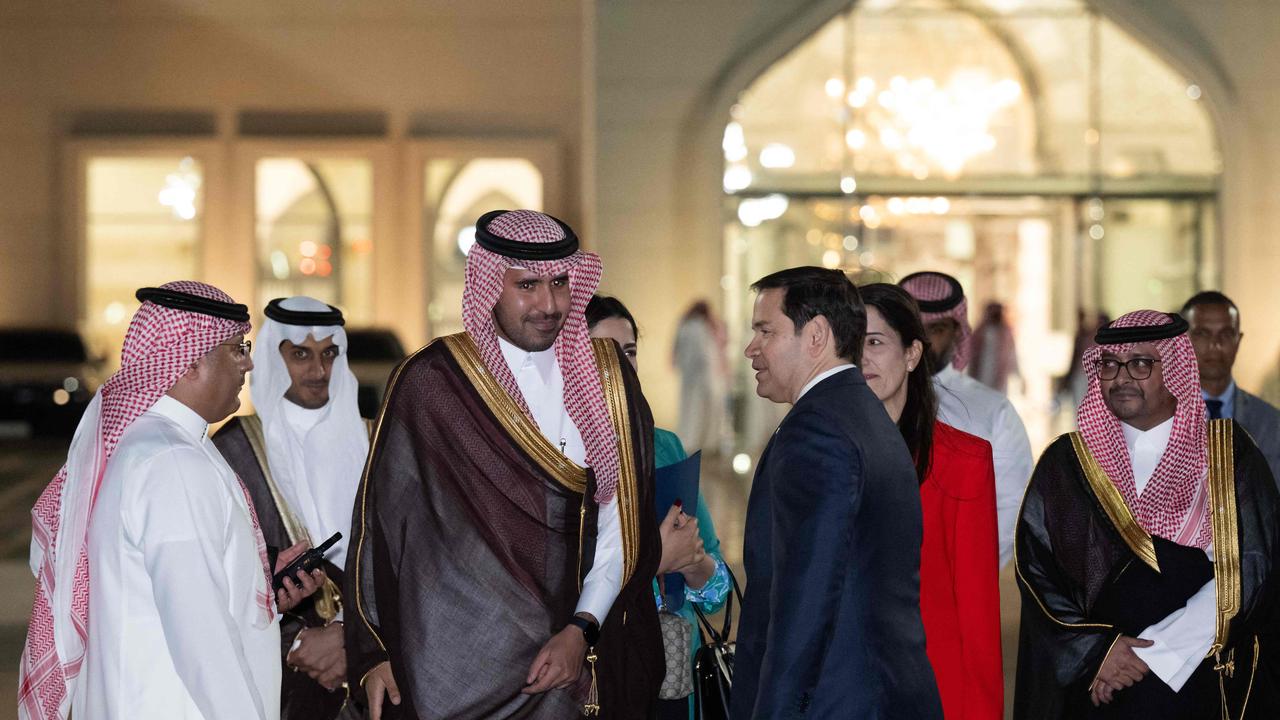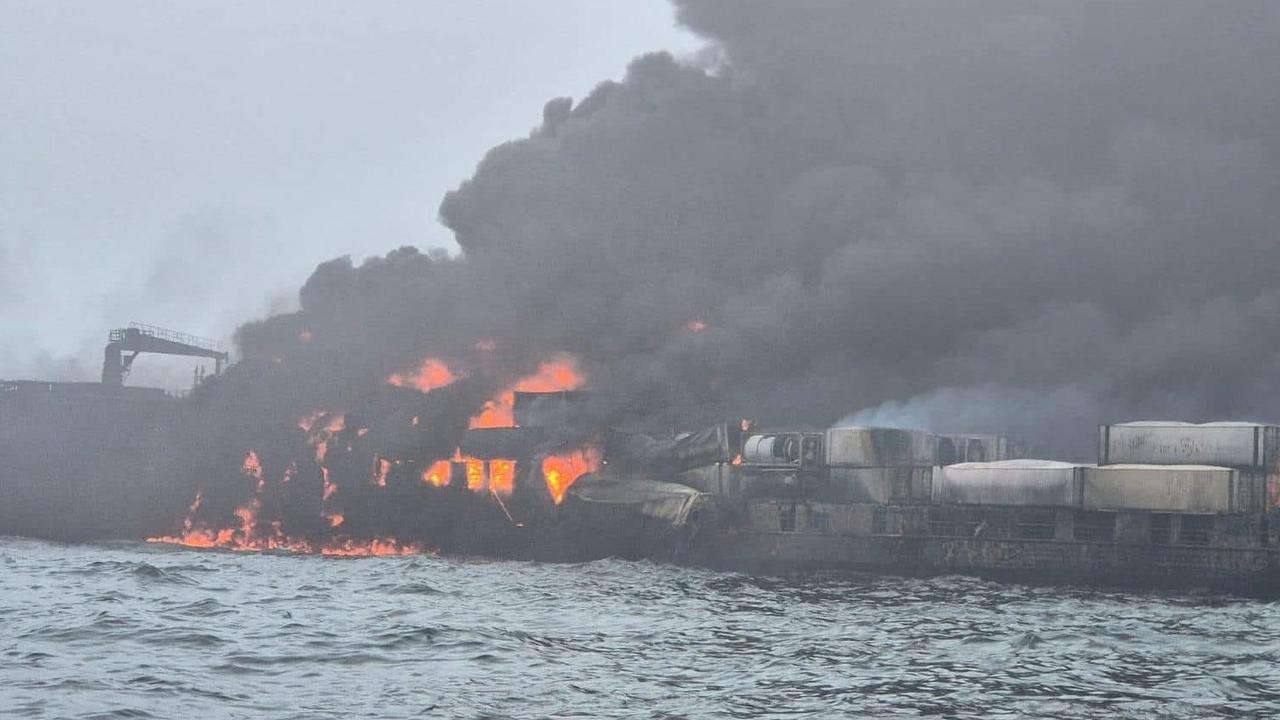The Islamic Revolutionary Guard Corps — slain general Qassem Soleimani’s “guardians of the Islamic revolution’’ — will most likely be targeted.
If not today, then soon, Washington will mount a strong military response to Iran’s attack on two Iraqi military bases hosting US and international forces.
High on any target list will be Guard Corps missile sites, radar and technology allowing Iran to target its weapons; and Guard Corps headquarters and the bases for the Iranian ships which attacked several oil tankers near the Strait of Hormuz last year.
Despite his rhetoric, US President Donald Trump has been restrained in using military force. The decision for him is how much of the Pentagon’s target list he will agree to.
Neither Tehran nor Trump want a full-scale war. Both are desperate to keep military responses “calibrated” — enough high explosive to show resolve but not enough that the fight descends into a bloodbath.
On balance it’s likely Washington and Tehran will keep the counterpunching limited but over past years the strategic situation in the Middle East has gone from very bad to downright appalling. Much of this slide into chaos has been the result of Tehran’s stepped-up efforts to become the dominant power in Iraq, Syria and Lebanon, to fuel the Houthi insurgency in Yemen and attack Saudi oil facilities, all while relentlessly calling for Israel’s destruction.
America’s failed Middle East policy over successive administrations has contributed to the problem. Barack Obama’s efforts to conclude a deal with Iran limiting how quickly it could sprint to develop nuclear weapons were bought at the price of overlooking Tehran’s bad behaviour in the neighbourhood, much of it masterminded by Soleimani.
Obama and Trump have, in effect, been on a unity ticket in trying to free the US from keeping large military forces in the Middle East.
Into the vacuum created by US war-weariness poured Islamist extremists, Russian brinkmanship, China’s Belt and Road economic entanglements and the great power aspirations of Iran and Saudi Arabia.
Trump adds an element of unpredictability but it’s surely a positive that, after Soleimani’s death, bad actors in the region might pause to wonder if a Hellfire missile on a circling drone has their name and address programmed in.
What happens next? There are so many pathways to conflict in the region and so little time to find off-ramps towards peace. I suggest watching for the following four major risks.
First, it’s highly likely Iranian Revolutionary Guard forces will attack tanker vessels around the Strait of Hormuz. Iran’s ability to halt oil exports from the Persian Gulf is the country’s major point of international leverage. Tehran will use this lever.
Second, Western military forces, including our own, should brace for multiple attacks ranging from Iranian missiles to roadside bombs and so-called “green on blue’’ shootings on bases.
Third, Saudi Arabia has unfinished business with Iran following Tehran’s audacious strikes on the Saudi Aramco oil processing facilities last September. Washington then counselled no response. The Saudis may now decide this is a necessary moment to push back against Iranian muscle flexing.
Fourth, the Revolutionary Guard has threatened to attack Tel Aviv and Haifa in Israel if the US attacks Iranian facilities. Israel sees Iran as posing an existential threat. If Tehran looks to draw Israel into a conflict beyond the usual provocations from Hezbollah, there is little chance of keeping that war limited. Israel will prosecute its own interests regardless of Washington.
Australia’s national security committee of cabinet will meet this morning to discuss the Middle East situation. Our military training team of several hundred in Taji, Iraq, plus several refuelling and early-warning aircraft in the region, will be on high alert.
This is a manageable threat which Defence trains for, but how long should the Australian training team remain in Iraq when the political situation is shifting so unpredictably? My view is that the current training deployment should return home later in 2020 and not be replaced.
An Australian frigate is now deploying to the Gulf region to participate in operations to secure civilian shipping. This remains an important international objective and well worth Australia’s continuing involvement.
There is no real escape from the Middle East, only better and worse attempts to look after our interests there. A start would be for Australia to demand of Washington that allies are consulted. In asking for a seat at the planning table, we had better make sure we have our own strategic thinking in order.
Peter Jennings is executive director of the Australian Strategic Policy Institute and a former deputy secretary for strategy with the Department of Defence




Australians could wake up on Thursday morning to news of a US drone and missile attack on Iranian military targets.